Dutch Ovens – How to Choose One That’s Right For You
Buying the right Dutch oven starts with understanding what makes them special. The name itself has a fuzzy history. Some say it comes from Dutch settlers in Pennsylvania. Others point to a Dutch method of casting iron in sand molds. Either way, the original Dutch ovens had legs to stand over fire coals and a flat lid to hold more heat on top.
You’ll still see those rugged versions at chuck wagon cook-offs. But most modern Dutch ovens have flat bottoms and snug lids—some domed, some flat. They’re built for your stovetop or oven, not the campfire.
Dutch ovens shine when it comes to stewing, braising, and slow cooking. But don’t stop there—you can bake cakes and biscuits in them, too. What matters most is the material. Cast iron wins every time.
Cast iron holds heat like a champ. It releases that heat slowly and evenly, which makes it perfect for long, gentle cooking. Whether you’re whipping up a hearty stew or a rustic loaf of bread, a good Dutch oven makes all the difference. In this post, we’ll help you choose the one that best suits your cooking style.
Cast Iron vs. Enameled Cast Iron
| Feature | Classic Cast Iron Dutch Oven | Enameled Cast Iron Dutch Oven |
|---|---|---|
| Surface | Bare cast iron; requires seasoning | Coated with enamel; no seasoning needed |
| Maintenance | Must be cleaned carefully and kept seasoned to prevent rust | Easier to clean; doesn’t rust, but enamel can chip |
| Non-Stick Qualities | Develops a natural non-stick surface over time with proper care | Naturally smoother cooking surface, but not fully non-stick |
| Durability | Extremely durable and resistant to high heat and outdoor use | Very durable, but enamel coating can crack or chip with rough handling |
| Versatility | Ideal for campfire or oven use; can go directly on coals | Great for stovetop and oven; not suitable for campfires or open flames |
| Appearance | Rustic, matte black or dark gray | Available in many colors and glossy finishes |
| Flavor Impact | Can add a subtle depth of flavor over time | Neutral flavor profile |
| Cleaning | Requires hand washing and drying immediately | Dishwasher safe (though hand washing is recommended to protect enamel) |
| Price | Generally more affordable | More expensive due to enamel coating |
Buying A Dutch Oven
For those of you who are trying to decide between cast iron and enameled cast iron, the main thing to consider is cast iron’s reaction with acidic ingredients. Once the cast iron is well seasoned, this should not be a problem, but you will not want to cook anything with tomatoes, wine, or other acidic ingredients in a cast iron Dutch oven until it is thoroughly seasoned.
Otherwise, the main concern is price. The cost of enameled cast iron can be prohibitive, and the price is certainly a prime consideration.
Dutch ovens are made of other materials, too, including anodized aluminum and stainless steel-clad models. If you have one of these, by all means, use it. If you don’t have a Dutch oven, I would consider the heavier, cast iron models first.
When considering a good pot for moist heat cooking methods, such as braising and stewing, it is not necessary to purchase a pan that heats quickly, since the cooking process will take a long time.
Rather, the most important quality is that the pot be heavy, hold heat and distribute it evenly. This reduces the likelihood of “hot spots,” and will help keep the food on the bottom of the pan from burning during hours on the stove or in the oven.
If you do own a Dutch oven that is made of something other than cast iron, make sure that the handles are sturdy, are firmly attached to the pot or lid, and that they are oven safe. If they are flimsy and/or made of plastic, they could pose a safety hazard and you would be well-advised to buy a different pot.
If you are a small person or have weak wrists, err on the side of caution and purchase a lighter-weight aluminum or stainless-steel Dutch oven. Cast iron models are very heavy, even when not full of boiling hot food!
Camping with a Dutch Oven
Modern camp oven cooks often use charcoal briquettes when cooking in footed camp Dutch ovens. Briquettes provide even, steady heat. There’s even a simple formula to figure out how many to use based on the oven’s diameter.
For bottom heat: take the diameter in inches and subtract 3.
For top heat: add 3 to the diameter.
So, if your Dutch oven is 10 inches across, use 7 briquettes underneath and 13 on top. This setup creates a steady, oven-like heat—perfect for outdoor cooking.
While you can bake in a Dutch oven, most people use it for moist-heat methods like braising and stewing. These techniques begin with searing the meat, then gently simmering it in a flavorful liquid, such as broth or wine.
Don’t let the word “braising” scare you. It’s simple. You can even walk away for a couple hours and come back to something amazing.
How to Braise in a Dutch Oven:
Dredge and sear: Optional, but dredging meat in seasoned flour adds body to your sauce. Brown meat deeply on all sides.
Add veggies: Toss in chopped onion, carrot, and celery. Add herbs if you like.
Add liquid: Pour in stock, wine, or both. For a braise, liquid should come halfway up the meat. For a stew, just cover it.
Bring to a boil: Get everything hot on the stove.
Simmer and cook: Reduce heat and simmer gently. Cover the pot and move it to a 250–275°F oven, or keep it on low on the stove.
Check doneness: Cook until the meat is fork-tender—about 45 minutes for chicken, up to 3 hours for tougher cuts like chuck or short ribs.
Let it rest: Allow meat to cool slightly in the cooking liquid to help it stay moist and flavorful.
Oven vs. Stovetop Braising: What’s Better?
On the stovetop, heat comes from one direction—underneath. It’s more direct and sometimes uneven. In the oven, heat surrounds the pot cooking everything more gently and evenly.
If your stovetop holds a steady low heat (like many gas stoves do), you can braise just fine there. But if your stove runs hot or fluctuates, the food might burn on the bottom. In that case, the oven’s gentler, all-around heat works better.
In the end, it’s up to you. I’ve braised on the stove and in the oven. Both work. But I give the edge to the oven—it’s more forgiving and less risky.
Dutch Ovens Versus Crock Pots
If you have a crock pot, you might not need to purchase a Dutch oven. Crock pots excel at stewing and braising—that is what they are made for.
One point to consider: you cannot sear in the pottery inserts of a crock pot. If you want to sear your food before braising or stewing, you will need to use a separate pot.
Other than that consideration, there is no other reason that I can think of that a Dutch oven would be better than a crock pot, or vice versa. As long as you keep the heat low, both will yield a moist, tender and richly flavored end product.
Some “food snobs” might turn up their noses at a meal prepared in a crock pot, but I bet that in a blind tasting, they would not be able to tell the difference between a Dutch oven meal and a crock pot meal.
Fun Fact: In 1997, the Dutch oven was named the official state cooking pot of Utah!

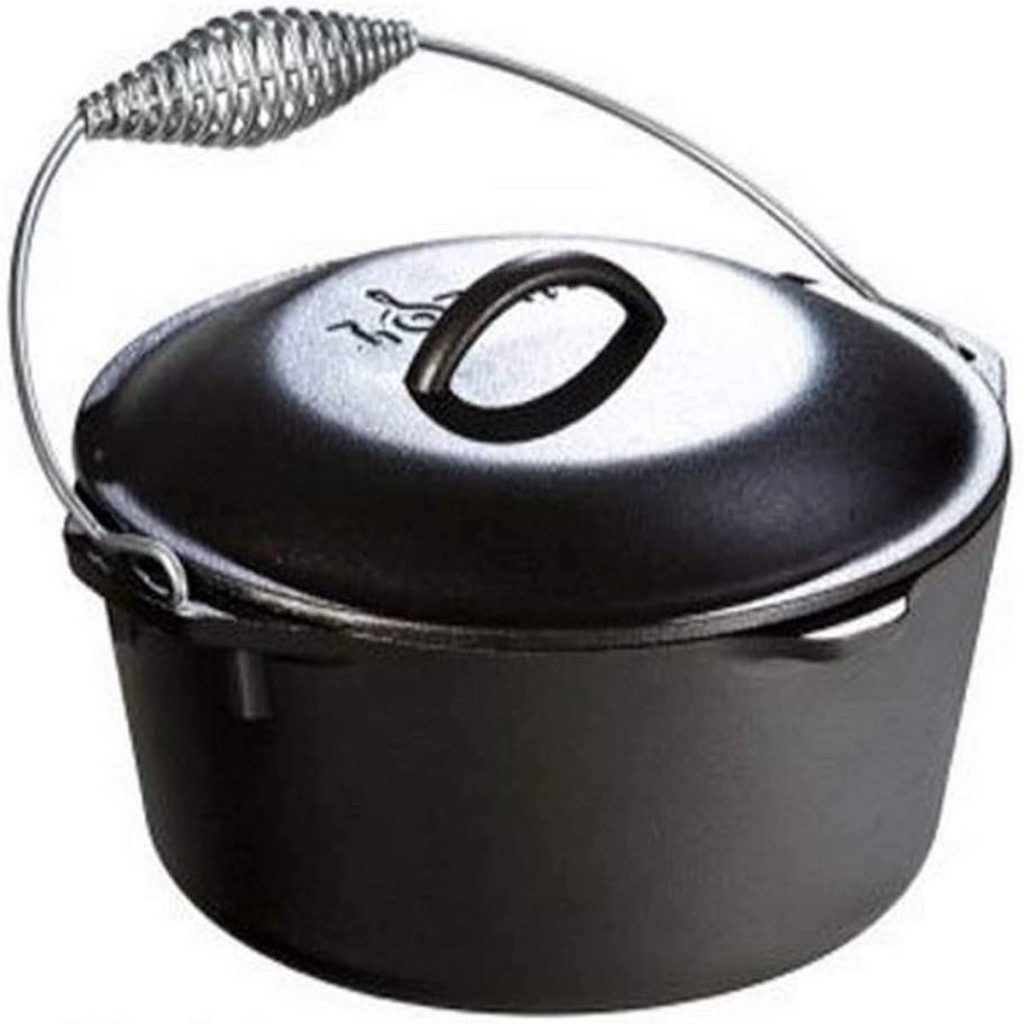
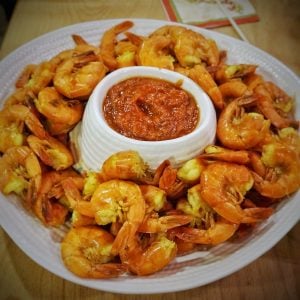

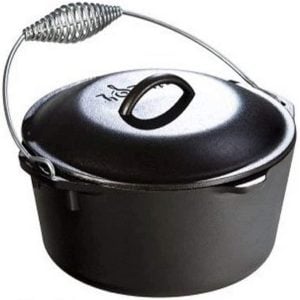
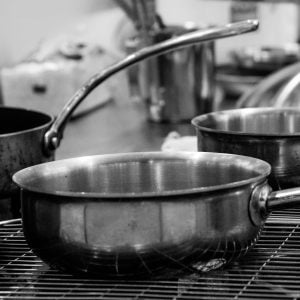
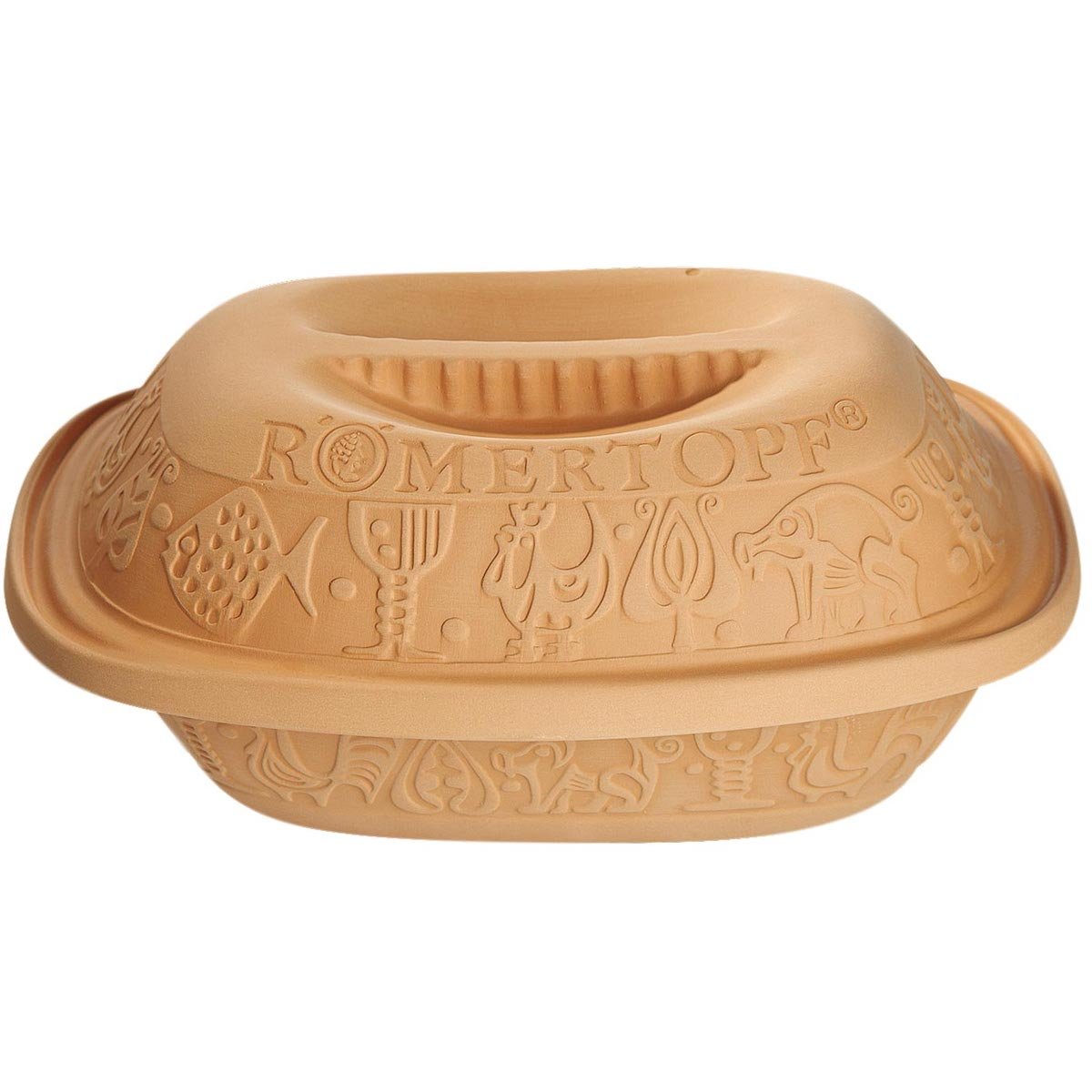

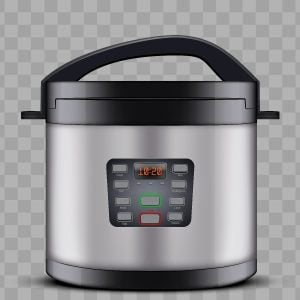
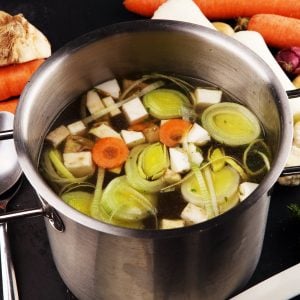
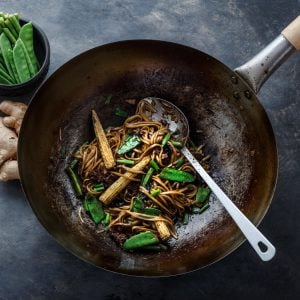


7 Responses
When I think about buying a dutch oven, I will look at the benefits and then disadvantages. I got mine from MEC pure clay cookware and the benefits of cooking with it are: its 100% natural clay, its non -toxic, un-glazed, no chemicals or metals used. It can be used on the stove top and in the oven.
Hi. thanks for the post.I was looking for a dutch oven to cook soups and lentils I got mine from MEC cookware(online). These pots work well on stove-tops and in the oven.All my recipes cook beautifully on medium heat…
I also got my Dutch oven from MEC. It has been the best choice I made. The benefits are great, knowing that harmful metals can not get into your food and that the food cooks without losing its nutrients is a big deal for me…
Great info! There is some additional info on How to Select the Perfect Dutch Oven at our website. Love you passion for cooking.
If I had only one pot (if pigs could fly) in my kitchen, it would be my 7 qt Le Creuset Dutch oven. I use it at least twice a week, more in winter, and do everything from soups and stews to steaming artichokes to my 8 hr Bolognese sauce in it. Unlike a crock pot you can render the bacon, then sear the pot roast, then sweat the mirepoix, then put everything back in and put it in the oven: dinner for six using one pot, one knife, and one cutting board, and the beef tastes braised rather than steamed. Yes, it’s expensive, but not on a per-use basis, it’s versatile, and cleanup is easy.
I have a Dutch Oven with a glass lid, which I’ve always used on the stove top. Might the lid crack if I use it in the oven for several hours?
If your Dutch Oven is made for the oven, I can’t see why it would crack, but I think this is a better question for you to ask the manufacturer or the store where you purchased it Kimi.